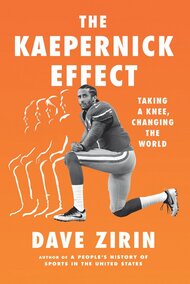The Resurrection of the Chief
This past weekend, an unfortunate figure returned to the University of Illinois, and it wasn't Jeff George. The devil in question was Chief Illiniwek. The former school mascot returned to adorn floats and assorted regalia at Homecoming to the cheers of some and the bitter horror of those who thought the feathered one had been resigned to history's trash heap.
You may have thought that the Chief was banned last year after the NCAA called Illiniwek a "hostile or abusive" mascot and prevented the school from hosting postseason games as long as it paraded him about. You may have thought Illinois had joined dozens of other schools from Stanford to St. John's in putting Native American caricatures to bed. You thought wrong. A victory 20 years in the making was overturned when Chancellor Richard Herman declared that the Homecoming ban violated the US constitution saying, "The University values free speech and free expression and considers Homecoming floats, decorations, costumes and related signage all representations of such personal expression." Yes, our forefathers fought and died to protect the right to display caricatures of the conquered at public institutions of higher learning. The word Illiniwek means "tribe of superior men." In their decision, the Herman acted in a manner of the inferior, following instead of leading.
Those whose heart is with the dancing chief were thrilled, calling Homecoming "a victory parade." The organization Students for Chief Illini had issued a statement that the original policy was a "slap in the face to people in the community to say you can't support your symbol." In an irony that could only be found in the bizarre lexicon of University political correctness, the group uses the world "symbol" instead of "mascot" because the term "mascot" is offensive to Chief Illiniwek. Keep in mind, that there never was a Chief Illiniwek. No one with that name ever existed. His costume is not in keeping with anything the Illini tribe ever wore and the dance at halftime was created in 1926 by the boy scouts. But by all means support such a noble symbol. Students for Stepin Fetchit are meeting down the hall.
The Chief was certainly celebrated at Homecoming. No counter protestors were reported and thousands of attendees wore Chief regalia. Although no Native American organizations support the Chief, he was celebrated lustily. The same students and alumni that clamor for the Chief as a symbol of Native American nobility, put far more time and energy into a fictional chief than aiding actual Native Americans. Students of Native American descent are a mere 0.2% of the overall student population, and 0.1% of the faculty. "Honoring" Native Americans is confined to a white guy in buckskin pants and feathers (only whites have portrayed teh Chief throughout it's 81 year history).
There was little said about the fact that while Chief Illiniwek never existed, the Illini tribe did. They were torn apart, forcibly removed, and exterminated so schools like UIUC could take root. Chief Ron Froman of the Peoria tribe - the descendent of the Illiniwek once said of the Chief, "I don't think it was to honor us, because, hell, they ran our (butts) out of Illinois."
Since there is nothing honorable about resurrecting the Chief, is it then an issue of freedom of speech? In a letter to Chancellor Herman, Prof. Antonia Darder wrote, "If a float maker wants to use KKK imagery or a noose hanging from a tree on a homecoming float, is this now also acceptable under the auspices of "free expression? Or if a float maker wants to use images of people copulating or nude participants on a float, would this also be accepted as the freedom of personal expression? And if not, why not? Certainly if public nudity is considered immoral or at least inappropriate, why not public racism?"
The noose example was not used by Darder idly. Recent weeks have seen the prevalence of noose hangings on college campuses to inflame, and intimidate. This is the climate in which Herman resurrects the Chief.
The latest in this marathon battle of memory, history, and the role of sports in this process, goes down two weeks after the death of Native American activist and longtime leader of the American Indian Movement Vernon Bellecourt. Bellecourt spent years as a thorn in the side of organizations like the Redskins and Cleveland Indians, demanding that they put the Minstrelsy to rest. . He once said, "Our detractors always say, 'We are honoring you.' It's not an honor. In whose honor, we have to ask. Beginning with the pilgrims at Plymouth Rock, about 16 million of us were wiped out, including whole villages in Washington, where native girls were sold on the auction block as sex slaves in mining towns, and young boys were made slaves on ranches." To other teams with Indian nicknames and to their fans, he said, "No more chicken feathers. . . . No more paint on faces. The chop stops here."
More columns ⇒
Support the Work
Please consider making a donation to keep this site going.
Featured Videos
Dave on Democracy Now!

